Growing Kale |
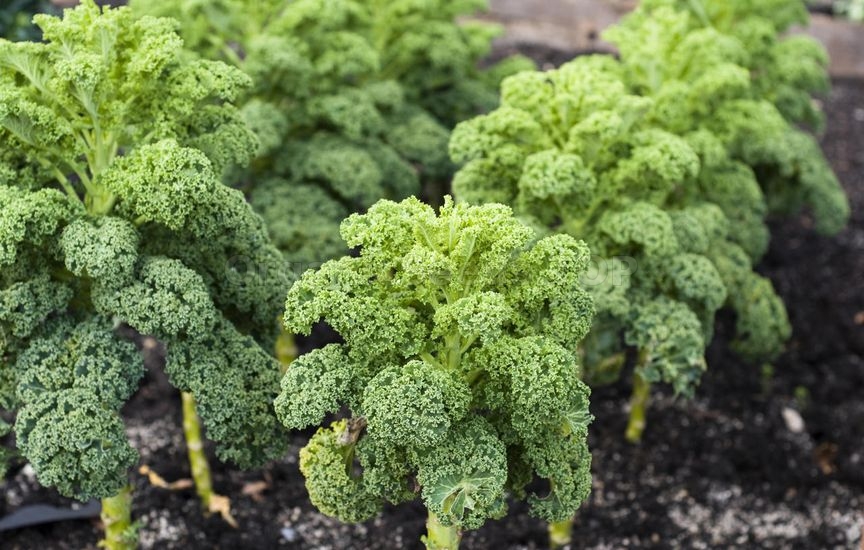 It’s packed with fiber, iron, calcium, and vitamins K, A, and C. Plus, your favorite salads just aren’t the same without it. Yup, kale is pretty amazing — and a great way to get more of it is by growing your own. Even if you’re not a seasoned gardener, it’s easy to find success with this green. Just three or four plants can supply a family of four with a nice weekly harvest. You don't even need a backyard; kale grows great in containers, too, like this Dura Cotta Planter Bowl. Just make sure your pot has at least a 12-inch diameter and use well-draining potting mix. Starting Kale Seeds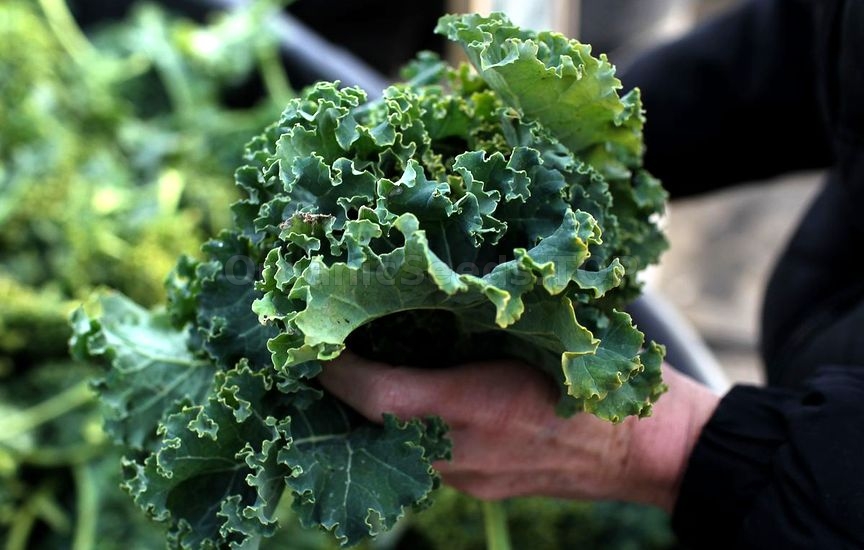 Though kale will produce in warm weather, it has a tendency to become woody and bitter. It’s best when allowed to mature in cool temps. Start spring seeds indoors approximately six weeks before the last frost to give plants a chance to mature before summer’s worst heat.
Direct seeds will mature in 55 to 75 days, while transplants will speed up the process, ready for harvest in about 30 to 40 days. Plant your crop again in the fall, six to eight weeks before the first expected frost — you can keep harvesting even after snowfall. Plant more seeds or transplants every two to three weeks for a long, continuous harvest. Planting Kale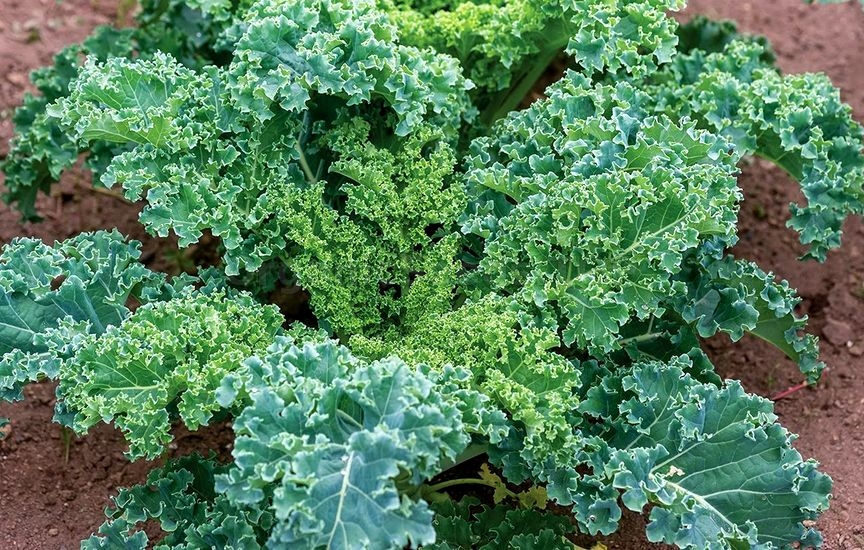 If you’re planting during the cool season, do so where your crop will get full sun. If you’re growing during warmer temps, plant in partial shade.
Kale is buddy-buddy with beets, celery, cucumbers, herbs, onions, spinach, chard, and potatoes. It isn’t happy growing next to beans, strawberries, or tomatoes. Keep soil moist to encourage consistent growth. Dress your soil with compost every six to eight weeks. A seaweed emulsion, like Neptune’s Harvest Hydrolized Fish and Seaweed Fertilizer, can help boost growth when used lightly throughout the entire season. Caring for Kale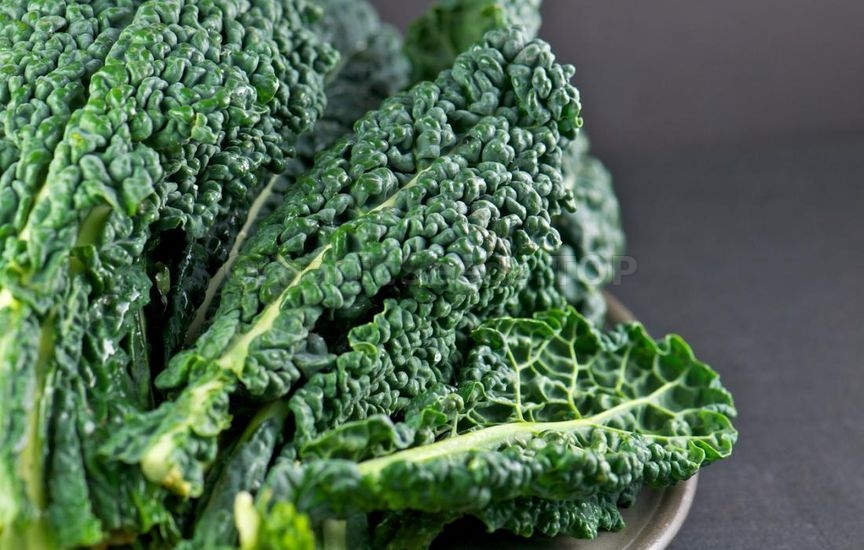 Protect young plants with row covers like this Agfabric Floating Row Cover to stave off flea beetles and provide a buffer against any unexpected temperature dips. Picking off unhealthy-looking leaves and keeping your plants well-fed with compost and water will also reduce insect damage in your vegetable garden,
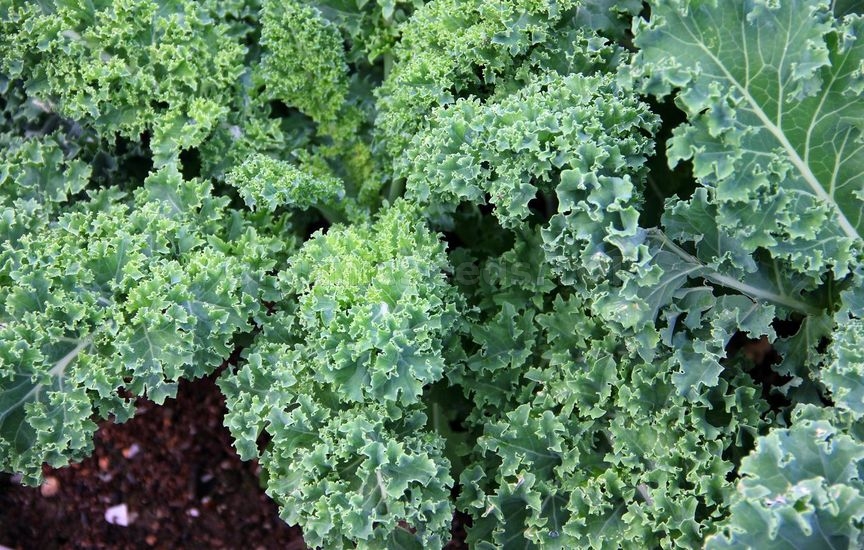 Kale’s roots run horizontally from the central stem. Use straw or grass mulch at the base of your plants to keep the soil cool, conserve moisture, and make it easier for roots to feed. When things get really hot in the summer, pull plants up by their roots to make room in your garden for more heat-loving veggies until fall arrives for another round of planting. Harvesting Kale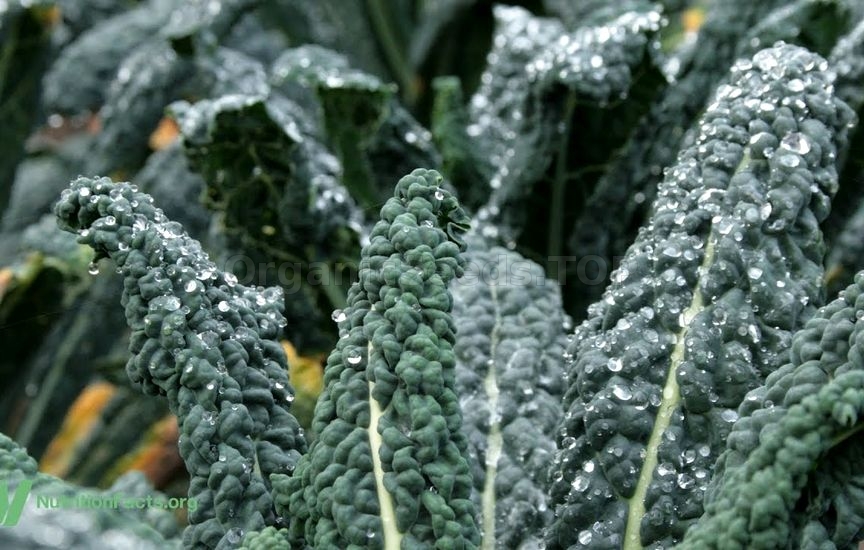 It’s time to harvest when the leaves are about the size of your hand. Pick them one by one, starting with the lowest, outermost leaves and working toward the center. Always leave a few of the small central leaves attached to encourage growth. In most cases, you’ll be able to harvest from the same plant again in five to seven days. You may need:«Dwarf Green Curled» - Organic Kale Seeds |
|
|
